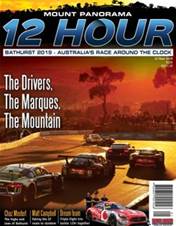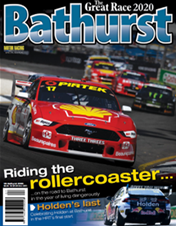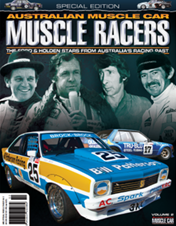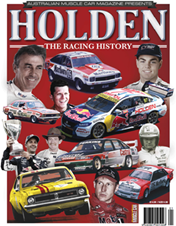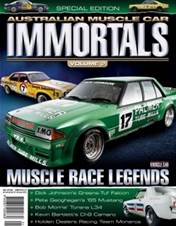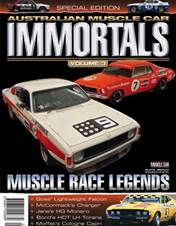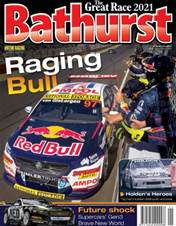When permanent race circuits close down it’s usually not long before all trace of their motorsport past disappears from the site. Oran Park and Amaroo Park are good examples of muscle car-era battlefields that provide few clues today to their previous use. Where they once were, now there are houses.
The exception to the rule is Catalina Park, in the upper Blue Mountains, west of Sydney. Here a disused circuit can be found that’s maybe not what you'd call well preserved, but basically untouched, left to be taken over not by a new housing estate or other man-made developments, but by nature itself.
A wander around the remains of Catalina provides an insight into mostly state-level racing sixties style with its twisting and tree-lined layout, lack of run-off and few spectator comforts.
Finding a suitable vantage point mostly meant traversing countryside that was perennially wet underfoot. If you dragged your girl to Catalina Park, she needed to be pretty hardy, otherwise the relationship was doomed. Especially as the mountain location meant fog delays were a regular occurrence.
Catalina Park never hosted national championship events, but big names such as Beechey, Jane, Matich and the Geoghegans – along with many of their most famous cars of the 1960s – were star attractions.
That’s now all consigned to history. As are corners names like Craven A, Dunlop, Neptune, Bosch and the evocatively titled Tunnel of Love. And as we learn over the following pages, this is a ‘sacred site’ in more ways than one.

History 101
To tell the story of Catalina Park is to tell the story of Hec Muir, its creator and builder, its heart and soul. The quaint 2.2km (1.3 mile) circuit nestled in a spot known locally as ‘The Gully’ just west of Katoomba’s main drag, in earshot of local residents, was Hec’s brainchild.
In the early 1950s, Hec and his brother Jack Muir were both members of the Blue Mountains Sporting Drivers Club (BMSDC). The brothers were proprietors of the Mobil H&J garage located on the old Great Western Highway in Katoomba. While Jack had no interest in car racing, Hec was a mechanic with a passion for motorsport and boat racing, piloting clinker wooden speed boats on the Nepean River.

With the support of 83 local businessmen, Hec, who was by now president of the BMSDC, convinced the council to approve the construction of the circuit in 1957.
Prior to white settlement the traditional owners of The Gully, which was also known as Katoomba Falls Creek Valley, used the area as a summer camp. Settlement of the Blue Mountains forced many Gundungurra and Darug people to settle permanently in the gully in the 1930s and ’40s until the land was officially purchased by Horrie Gates, the proprietor of the Homesdale Guest House in Katoomba.
In the year following the end of WWII, Horrie created a new attraction to entice war-weary tourists to the Blue Mountains. He damned Katoomba Falls Creek to create an ornamental lake in The Gully that hosted speedboat rides along with a Ferris wheel, swimming pool and a ‘giggle house’ screening Charlie Chaplin films. In 1948, the shell of a Consolidated Catalina PBY-5 flying boat was added to the attractions. The plane was dismantled and transported to Katoomba by truck then re-assembled and anchored to a concrete block in the middle of the lake. The Catalina became arguably Australia’s first public flight simulator. Up to 30 passengers at a time paid two shillings to sit in the dark fuselage to view a film of a flight over Sydney as assistants standing on the wings rocked the plane from side-to-side while the speedboat would buzz around the lake to provide waves and engine noise upon ‘landing’.
By the early 1950s, Catalina Park had become less popular, its water polluted, the facilities run down. The council purchased the park from Horrie Gates in 1952 for £15,000 to create a public park and swimming pool.

You have reached an article available exclusively to Premium members.
JOIN FROM AS LITTLE AS $6.66 A MONTH* FOR INSTANT ACCESS.
Already a member? Log in
* Billed annually at $79.90






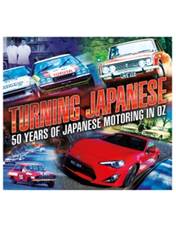
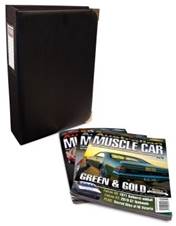


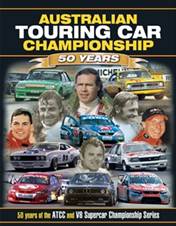

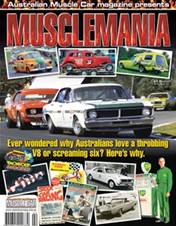
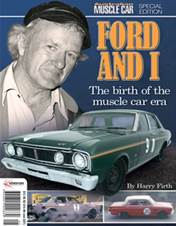
.jpg&q=70&h=226&w=176&c=1&s=1)
